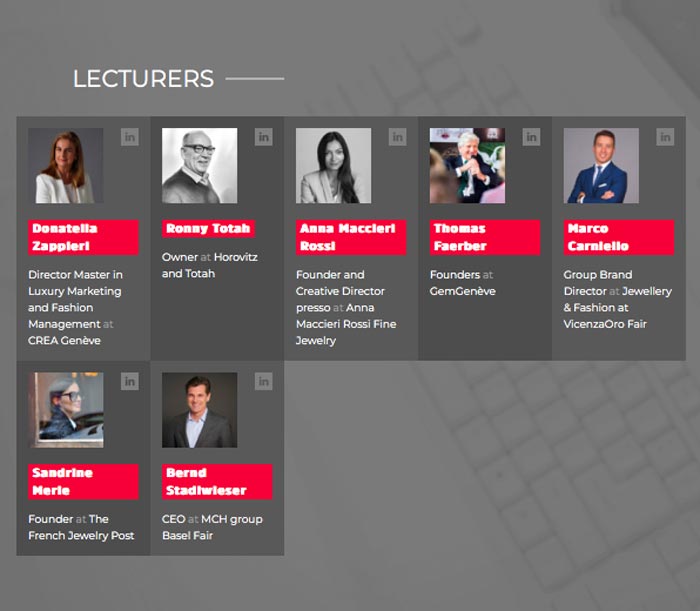Business
23 November 2020
Share
Digitalization: a user’s guide
Following a recent webinar I took part in on the subject of digitalization, I received a number of questions. Here are a few thoughts from the TFJP team, specialists in the subject.
By Sandrine Merle.
For several years now, TFJP has been helping jewelry retailers, designers, stone merchants, and antique dealers with their digitalization – in other words, how to conduct most or all of their business online. Although it began with emails, digitalization now includes e-shops, social networks, partnerships, newsletters, and more besides. But as far as the digital transition is concerned, the jewelry sector is lagging far behind… It’s high time we caught up!
1/ Be yourself
It all starts with an a definition of what your company is all about, and getting clear about your objectives. Two essential questions we need to ask are: what do I want to say about me, my brand, and my products? What’s my budget? As it’s difficult to be objective about our own work, an outside view is welcome. That’s where TFJP comes in.
2/ Surround yourself with professionals
No one would entrust their distribution to a Generation Z graduate just out of business school… It’s the same for digitalization, which involves very specialized professions: developer, content producer (video, text), partnership designers, etc. It would be a huge mistake to cut corners. Note that this doesn’t exclude Generation Z, who can be brought in to enhance the new tools, for example.
3/ Website or social media?
Just before the lockdown, an antique dealer told me that they made 30% of their turnover via Instagram. Which just goes to show that e-shops are no longer so vital… Something to think about. For those who don’t want to handle the online distribution of their products, it’s possible to be listed in the e-shop of a third party like TFJP or on a platform such as 1stdibst.
4/ Which social media platform?
There are so many to choose from: LinkedIn, Twitter, Instagram, WeChat, Facebook, Pinterest… TFJP recommends not using more than two or three of them because it can be so time-consuming. And it’s never good to replicate identical texts and photos: each network has its own purpose and content. Facebook, for example, can be dedicated to after-sales service or serve as an e-commerce outlet, while Instagram can be linked to current events.
5/ A golden rule: quality content
If you want to increase your visibility and notoriety tenfold, you need to create exclusive texts, illustrations and videos with a clear editorial line. Whether playful and quirky, classic, or minimalist: consistency of tone is also important. And you can’t sell without good photos – even from a distance, today’s buyer wants to see everything: the wearer, the reverse, the hallmark, the detail of the clasp, etc.
6/ Partnership
It’s well known that mass advertising campaigns generate little return on investment. You have to identify the right prescribers… without being blinded by artificially inflated numbers of likes and followers. All eyes today are on KOL (Key Opinion Leaders) like TFJP with a very clear positioning and identity. Another lever of visibility is the setting up of targeted partnerships that intersect with related worlds such as the one TFJP created for Christie’s Paris.
7/ Give it time
After the heady start, you need to work regularly on bolstering your site and social media accounts by using them consistently. It all takes a lot of time and everything changes very quickly, so you must be patient and responsive. Over time, the key is to keep a cool head, follow your path and surround yourself with real professionals.
Related articles:
“It’s time to change” by the MAD Network agency
France’s timepiece and jewelry market in 2019












